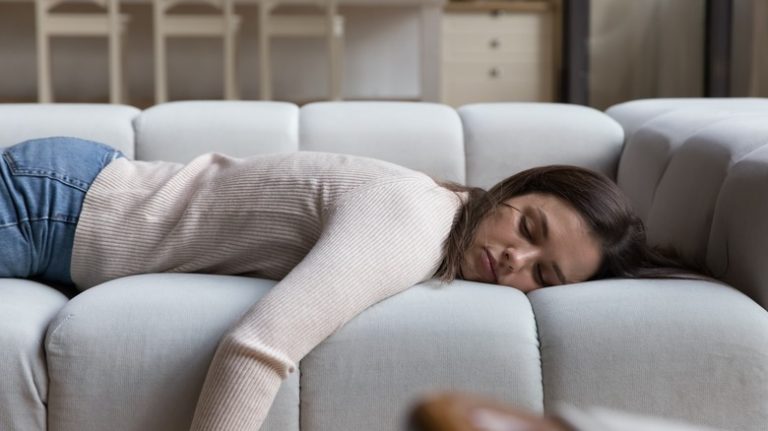Sleepwalking, medically known as somnambulism, is a sleep disorder where an individual can walk around or perform actions while being asleep, Sleep Foundation explains. Sleepwalking, or a less-than-accurate version of it, is commonly depicted in movies and television as a comical experience. Many individuals may make comments or remarks about sleepwalking through a particularly fatiguing day or after a long night with little to no sleep. However, individuals who experience sleepwalking regularly can attest that it isn’t always a laughing matter.
Categorized as a parasomnia, or a sleep behavior disorder, individuals who experience episodes of sleepwalking may begin sleepwalking only a few hours after going to sleep. Although common behaviors involve walking and carrying out physical actions, like moving furniture, other behaviors like sleep eating can also occur, Healthline explains.
There are a number of reasons or factors that can contribute to sleepwalking, such as genetic factors, certain medications, and even other conditions or illnesses which have sleep disruptions as a side effect. Sleepwalking typically occurs in the nonrapid eye movement (NREM) stage of the sleep cycle (via Healthline).
While there are a number of things that have commonly been shared about sleepwalkers and their behavior, there’s a few things that need clarifying.
A few debunked myths about sleepwalking

What myths about sleepwalking aren’t entirely true? The first is that you should never wake a sleepwalker. Advocate Aurora Health explains that in some cases it can be not only necessary but life-saving to disrupt the slumber of a sleepwalker while they are sleepwalking. Sleepwalkers could be unaware of their surroundings and need to be disrupted to avoid potentially dangerous behavior, like walking into a busy road or attempting to drive. If they’re not in a threatening situation, however, Advocate Aurora Health suggests gently guiding the sleepwalker back to their bed or sleeping location rather than trying to fully rouse them.
Another common misconception is that sleepwalking happens only to adults. NHS explains that for many individuals, sleepwalking actually begins in childhood. However, while most individuals grow out of episodes of childhood sleepwalking, it can continue into adulthood. Sleep Foundation explains that 29% of children experience sleepwalking.
More sleepwalking myths proved wrong

There are some who believe that sleepwalkers can intentionally enact violence on other people during a sleepwalking episode, but experts say that just isn’t true. Though sleepwalkers may find themselves in dangerous situations, its also important to distinguish that they themselves are not inherently violent. Most incidents of violent sleepwalkers, Reuters explains, are the result of another individual interfering with the sleepwalker. It’s for this reason that you should approach a sleepwalker with care, opting to speak to them clearly and simply in an attempt to direct them back to bed — especially if the sleepwalker is larger than you and might accidentally inflict damage on you if startled.
An additional myth about sleepwalking is that it occurs at random. While the intensity and frequency of sleepwalking episodes can be exacerbated by factors like stress, the American Academy of Sleep Medicine explains that when studied, more than 22% of sleepwalkers had episodes each night and 43.5% of those surveyed explained that the episodes occurred at least weekly.
Finally, one myth states that sleepwalking has no impact on an individual’s daytime behaviors. Though sleepwalking episodes occur at night and the sleepwalking individual may have no memory of the event, there are daytime repercussions from sleepwalking also. Advocate Aurora Health explains that sleepwalking is still a disruption in the sleep cycle. This can often lead to grogginess or irritability during the day, as they aren’t getting quality sleep.
